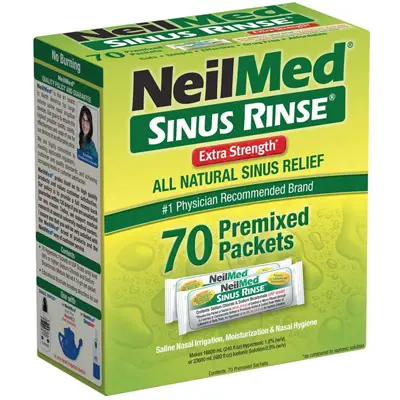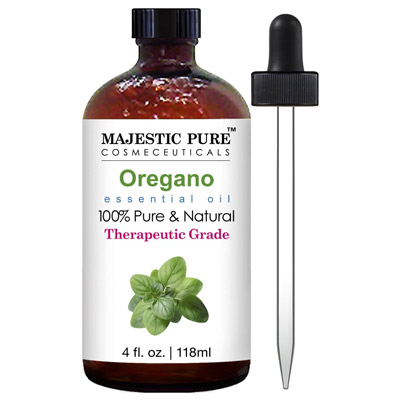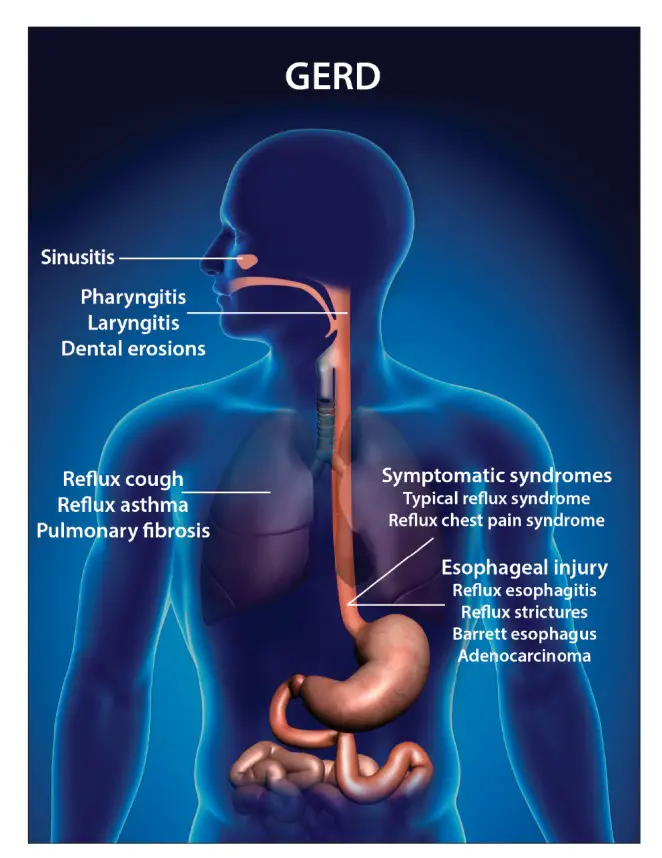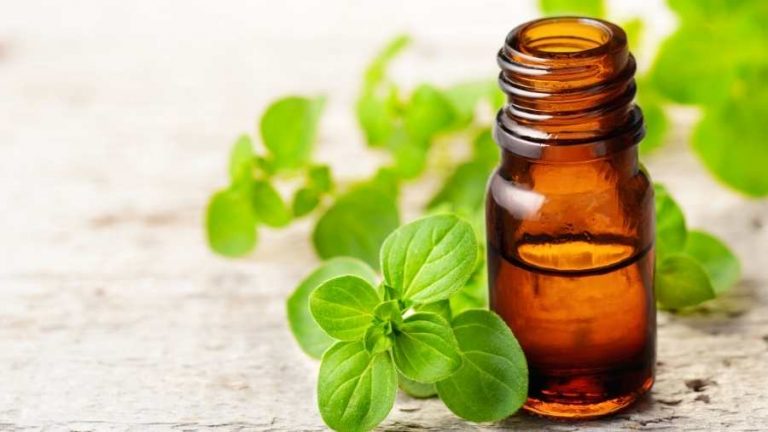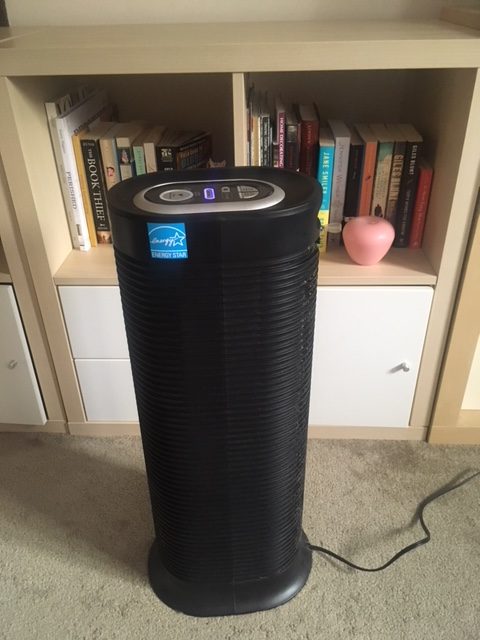How To Unblock Your Nose In Under 3 Minutes (With Instructions)
Nasal congestion is something that affects all of us at one point or another. But if you’re someone with asthma, allergies or even just an irregular nasal structure, your blocked nose can quickly turn into a chronic issue.
In general, a chronically blocked nose is the result of a minor nasal/sinus infection. An effective way to unblock your nose almost instantly is by gargling a mixture of salt, oregano oil, baking soda and xylitol. For even better results, you should “snort” the mixture from your mouth back up through your nose. This heals the infection and loosens thick mucous that prevents you from breathing.
Keep reading and I promise this little trick will work for a large amount of you suffering from a blocked nose. It works in the short term by loosening hard to reach mucous and in the long-term by clearing the infection.
96 Percent Of Chronically Blocked Noses Are Caused By A Fungal Infection
A Mayo Clinic study from way back in 1999 examined the mucous of 210 patients suffering from chronic rhinitis/sinusitis. What they found was pretty incredible – 96 percent of the mucous samples contained as many as 40 different types of fungus. This can very well be what’s causing your chronically blocked nose as well.
This should be immediately alarming to many of us because we’re constantly being told to treat these kinds of issues with saline sprays and steroids. Saline mist can be very effective at keeping the nasal passages clean of common bacteria and debris, but it’s not going to be effective against a fungus. Especially if that fungus has wedged itself deep into the back of the sinuses.
But the issue isn’t just the strength of the saline spray, it’s also the application method. Very often if you spray a saline mist up your nose, it’s just going to dribble through your nose and into your throat. This just isn’t going to be effective, especially when, for many of us, the problem is a thick coating of mucous full of bacteria and fungus that’s sitting at the back of the sinuses where the soft palate and nasopharynx drain into the back of the throat.
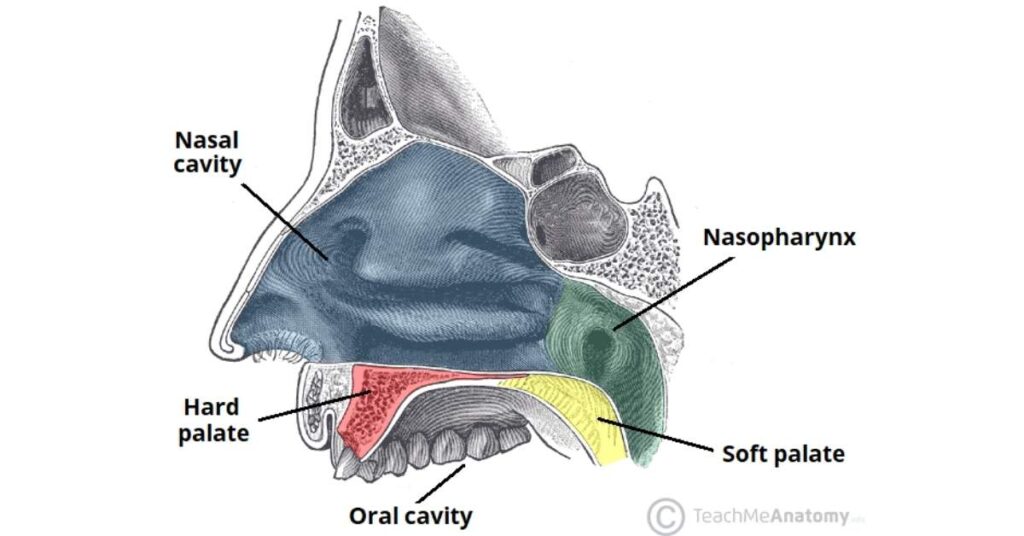
Don’t Blow Your Nose – It Will Make The Blockage Worse
When your nose is blocked, it’s almost second nature to blow it. But this is a very problematic thing to do when your nose is chronically blocked.
For one, blowing your nose puts a tremendous amount of pressure on all the soft tissue inside the nose and can cause it to become even more inflamed. And if you have thick mucous in the back of your nasal cavity, it can become an even bigger problem as it will just push the mucous forward and coat the narrow nasal passages making it even harder to breathe.
This is a vicious cycle I found myself running into quite a bit. I’d blow my nose for some relief and just wind up being more blocked up than when I started.
You should only blow your nose when you have a slight amount of saliva or debris towards the front of your nasal passages, and when you do it you should do it carefully. If you blow gently and nothing comes out immediately, stop blowing.
Gargling And Snorting Can Dislodge Mucous From The Back Of Your Nose
Instead of trying to blow the blockage out through the front, I’ve had better luck dislodging it with gargling and sucking it back down my throat. It sounds odd, but keep reading.
This method involves “snorting” the rinse back up through your nose. Have you ever laughed while drinking and had the drink come back up through your nose? This is essentially what we’re trying to recreate here.
Here’s the instructions:
- Take a sip of my nasal rinse mixture and gargle normally then spit it out.
- Take another sip but this time tilt your head backwards at a 45 degree angle.
- Gargle aggressively and as you do so, gently “snort” the mixture up your nose. It doesn’t have to go all the way up, but as you gargle and snort you should feel the liquid slowly creeping up behind the back of your nose. It’s a strange, but not unpleasant, feeling if you’ve never done it before. It may even sting a little if it’s infected, but that’s a good thing. It means it’s working.
- Tilt your head forward and spit the mixture out – as you do so you’ll probably have a bit of the liquid dribble out of your nose as well. This is normal and means you did the “snorting” part correctly.
- Now, grab both nostrils with your hands and pull them out as wide as you can. Now sniff back as hard as you can and if you’re lucky you might feel some loosened mucous starting to move.
- Repeat the process as necessary until you get some relief. Do this rinse twice per day.
It’s actually quite a simple procedure but the “snorting” part takes a little practice because it’s hard to describe. It’s essentially the same kind of motion you’d make if you were snoring or expressing incredulity at something someone said to you. The challenge is doing this while you’re also gargling water in the back of your mouth.
Just remember, you don’t need to blow the entire contents of your mouth back up through your nose. You’re really just trying to get the solution up into your nasopharynx to loosen any mucous and clean out the infection. You’ll know you’re doing it right when you can feel the liquid bubbling right at the back of your nose, which is actually the nasopharynx.
My Rinse Mixture Includes Four Powerful Anti-Microbials
Saline is great for the more casual nasal rinsing, but if you’ve got a chronically blocked nose you most likely need something more powerful. My mixture employs the “shotgun” method by including 4 powerful, commonly found anti-microbials that will clean all sorts of bacteria and fungus. It’s also strong enough to dislodge and loosen really thick mucous as well.
Here’s what you need:
- A glass of water (tap works fine if it’s a clean source or boiled, otherwise use bottled).
- A few drops of oregano oil (not to be confused with oil of oregano which is an essential oil).
- A tablespoon of extra strength saline salt – sea salt works fine as well.
- A tablespoon of pure xylitol.
- A tablespoon of baking soda
Once you get a hold of these ingredients, just blend them together in a clean glass of clean drinking water and mix it well. It helps if the water is lukewarm but this isn’t necessary.
Why each ingredient works:
| Ingredient | Purpose |
|---|---|
| Saline Salt/Sea Salt | Saline or sea salt is a very common, age-old disinfectant that works against most common bacteria. It’s also good at breaking down and loosening any mucous that’s stuck in the back of your nose. If you can find an extra strength saline salt meant for use in a Netti pot, that’s even better. |
| Oregano Oil | Not to be confused with oil of oregano, which is much strong and needs to be diluted, oregano oil is imply oregano infused olive oil. Oregano is a powerful antimicrobial that contains carvacrol and thymnol which are anti-bacterial and anti-fungal compounds. When this stuff stings you know it’s working to clear out whatever nasal infection you might have. |
| Pure Xylitol | Xylitol is an natural, sugar-free sweetener that’s found in lots of sugar-free foods and chewing gum. It’s widely known as a powerful antimicrobial and is commonly used to kill candida yeast infections. It’s also the main ingredient in the Xlear line of nasal spray products but you can find it in bulk as health food stores as well. |
| Baking soda | Baking soda is a known antibacterial and antifungal agent. It’s also good at exfoliating and breaking down the mucous build up in the back of your nose. I include it here because it’s high pH value deactivates pepsin which is a digestive enzyme that can sometimes work it’s way up into the sinuses if you suffer from even mild acid-reflux. |
Daily Cleaning Is Important To Long-term Nasal Health
If your blocked nose is just the result of a temporary cold or flu, a few applications might be all that’s necessary for you. But if it’s a chronic condition, like it is for millions of people, you’ll want to be regularly cleansing out your nasal cavity and nasopharynx area.
This is why in addition to doing this gargle and snort routine twice per day, I also do a Netti pot rinse in every morning and night using the same solution. It’s a lot more powerful than a typical Netti pot rinse but it works wonders at keeping everything clear of debris, mucous and inflammation-inducing microbes.
The Netti rinse method won’t get as far back as the nasopharynx but it does a great job of keeping the sinuses and nostrils clean.
Everything You Need Can Be Found Locally Or Online
Everything on my list of ingredients can be found locally, and some of them you might even have already. But if you can’t find anything, you can always get some great quality stuff on Amazon as well. Just make sure whatever you buy is therapeutic grade, since it’s going into your body.
Related Questions:
How Can I Unblock My Nose Fast?
If your nose is blocked due to infection, you need to first clear the mucous blocking your nose then clean out the infected areas to reduce inflammation and prevent more mucous from forming in the future. Try using a strong nasal rinse as well as gargling and antimicrobial solution in the back of your throat. This might dislodge the mucous and give you fast relief.
How Should I Sleep With A Blocked Nose?
In general, if your nose is blocked on one side you should lie down on the opposite side of your body so the affected area is on top. For example, if your right nostril is blocked, lie down on your left side. This allows the mucous and fluid blocking it to drain down the clear side and into the back of your throat.
Does Blowing Nose Make It Worse?
In all but the most mild cases, blowing your nose almost always makes it worse. You not only push thick mucous forward from the back of the nose, you also irritate and inflame the narrow passages leading to the nose. In the end, you wind up with inflamed nostrils lined with thick mucous that is difficult to dislodge without nasal rinsing. Try using a Netti pot instead and sucking the blockage backwards rather rather than blowing it forward.
Why Does One Nostril Get Blocked?
One nostril gets blocked due to an odd, but very real, phenomenon known as the “nasal cycle”. This phenomenon has been known about for centuries in yoga and ayurvedic medicine and has to do with the immune and central nervous system diverting blood flow from one nostril to the other every few hours. The exact purpose and reason for this phenomenon is not yet known.



